Saggi 2013
-
Wine
Enthusiast


Product Details
Your Rating
Somm Note
Winemaker Notes
Professional Ratings
-
Wine Enthusiast
This wine is a blend of Sangiovese (59%), Cabernet Sauvignon (32%) and Syrah. Toast, herb, cranberry and spice are followed by lush, ripe fruit flavors. It possesses a firm structure.
Other Vintages
2019-
James
Suckling -
Jeb
Dunnuck
-
Jeb
Dunnuck
-
Jeb
Dunnuck -
Wine
Enthusiast
-
James
Suckling -
Wine
Enthusiast
-
James
Suckling -
Jeb
Dunnuck
-
Robert
Parker -
Wine
Enthusiast
-
Robert
Parker -
Wine
Enthusiast
-
Robert
Parker -
Wine
Enthusiast
-
Wine
Enthusiast -
Wine
Spectator
-
Robert
Parker -
Wine
Enthusiast
-
Robert
Parker
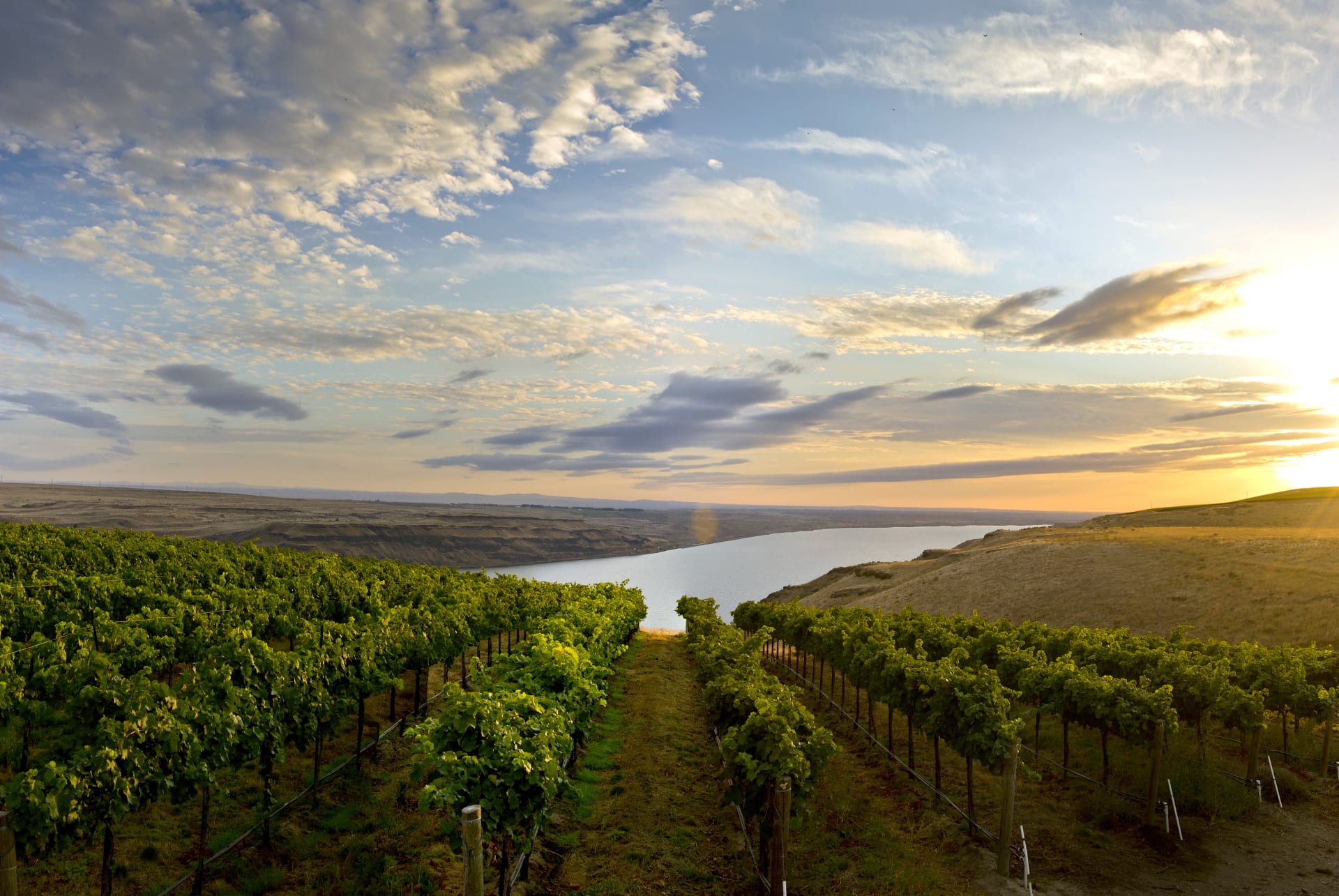
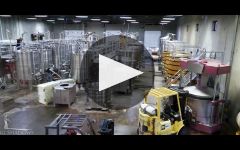
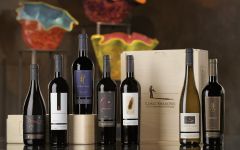
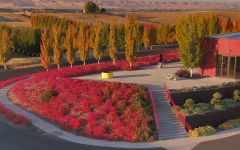
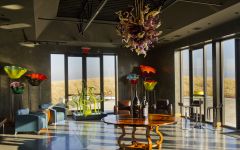
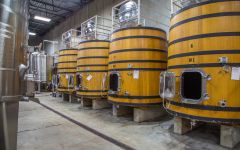
The Folonaris are among Italy's oldest and most prestigious Tuscan wine families with a winemaking history dating back to the late 1700's. Father and son, Ambrogio & Giovanni Folonari, brought their knowledge and expertise to the Columbia Valley to help winemaker Gilles Nicault craft this unique blend.
The name Saggi, (meaning “Wisdom”), is a blend of Sangiovese, Cabernet Sauvignon and Syrah.
Saggi is one of six distinct red wines from Long Shadows Vintners - a collection of ultra-premium wines, each built on the unique expertise of some of the world’s most knowledgeable winemakers to showcase the quality and caliber of Washington State’s Columbia Valley.
Since the beginning, Long Shadows' Director of Winemaking and Viticulture Gilles Nicault, has overseen the operations of the winery and worked closely with the vintners to bring each winemaker’s vision to completion. Internationally renowned winemakers Randy Dunn (Feather Cabernet Sauvignon); John Duval (Sequel Syrah); Philippe Melka (Pirouette Red Wine); and Michel Rolland (Pedestal Merlot) are active partners in their respective wines. Gilles now crafts Poet’s Leap Riesling and Saggi, a Sangiovese/Cabernet Sauvignon blend, in styles that remain true to their original winemakers, Armin Diel and Giovanni Folonari respectively. Gilles crafts Chester-Kidder, a Cabernet Sauvignon/Syrah blend, independently.
Gilles works closely with the state’s top growers to execute a diverse winemaking protocol at Long Shadows’ state-of-the-art facility in Walla Walla to produce wines of exceptional quality, true to the Columbia Valley’s terroir.
